Is it necessary to caulk between wall tile & tub and tub & floor?
janesylvia
11 years ago
Featured Answer
Comments (16)
mydreamhome
11 years agojanesylvia
11 years agoRelated Professionals
Hammond Kitchen & Bathroom Designers · Ridgefield Kitchen & Bathroom Designers · Ridgewood Kitchen & Bathroom Designers · Verona Kitchen & Bathroom Designers · Wood River Kitchen & Bathroom Remodelers · Oxon Hill Kitchen & Bathroom Remodelers · Port Arthur Kitchen & Bathroom Remodelers · Malden Glass & Shower Door Dealers · Springville Glass & Shower Door Dealers · North Miami Glass & Shower Door Dealers · San Tan Valley Glass & Shower Door Dealers · Radnor Cabinets & Cabinetry · Saugus Cabinets & Cabinetry · El Mirage Window Treatments · Washington Window Treatmentsjanesylvia
11 years agoterezosa / terriks
11 years agomydreamhome
11 years agojanesylvia
11 years agopricklypearcactus
11 years agoFenton Furrer Home Improvements
11 years agolisaj1354
11 years agojanesylvia
11 years agoterezosa / terriks
11 years agobill_vincent
11 years agoCori
5 months agoCori
5 months agomillworkman
5 months ago
Related Stories

BATHROOM DESIGNConvert Your Tub Space Into a Shower — the Tiling and Grouting Phase
Step 3 in swapping your tub for a sleek new shower: Pick the right tile and test it out, then choose your grout color and type
Full Story
BATHROOM DESIGNConvert Your Tub Space Into a Shower — Waterproofing and Drainage
Step 4 in swapping your tub for a sleek new shower: Pick your waterproofing materials and drain, and don't forget to test
Full Story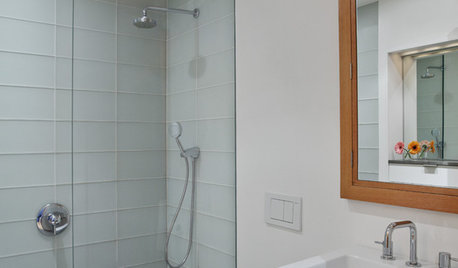
BATHROOM DESIGNConvert Your Tub Space to a Shower — the Planning Phase
Step 1 in swapping your tub for a sleek new shower: Get all the remodel details down on paper
Full Story
BATHROOM DESIGNDreaming of a Spa Tub at Home? Read This Pro Advice First
Before you float away on visions of jets and bubbles and the steamiest water around, consider these very real spa tub issues
Full Story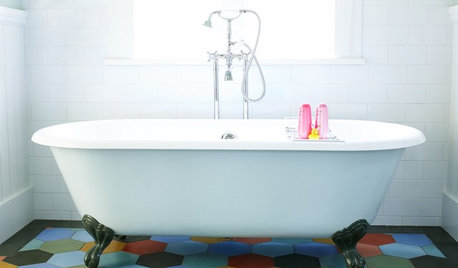
GREAT HOME PROJECTSHow to Get a Claw-Foot Tub for Your Bathroom
Here’s what to know about buying vintage or new — and how to refurbish a classic
Full Story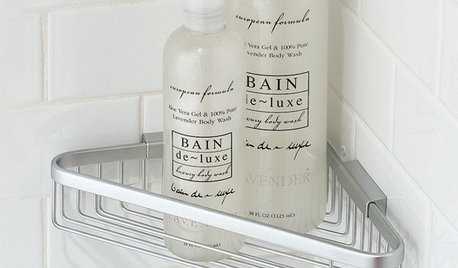
SHOWERSConvert Your Tub Space Into a Shower — Choosing Accessories
Step 5 in swapping your tub for a sleek new shower: Pick the right niches, benches and bars for the best showering experience
Full Story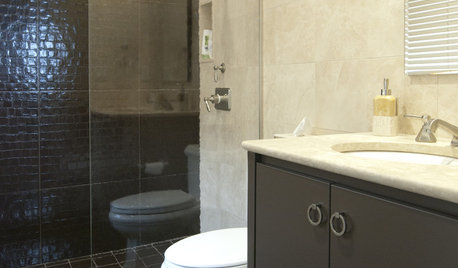
WALL TREATMENTSWild Texture: Crocodile Rocks
Try the look of croc on your upholstery, tiles, walls and even the tub
Full Story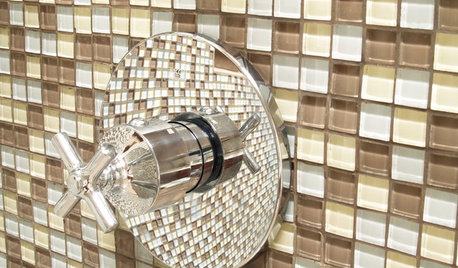
BATHROOM DESIGNConvert Your Tub Space to a Shower — the Fixtures-Shopping Phase
Step 2 in swapping your tub for a sleek new shower: Determine your mechanical needs and buy quality fixtures
Full Story
GARDENING AND LANDSCAPING13 New Ways to Make a Splash With a Hot Tub
Check out the modern options and custom features that are making outdoor spa tubs hot again
Full Story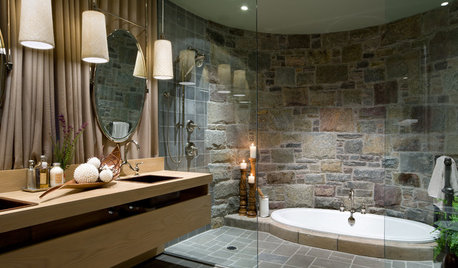
BATHTUBSIs a Sunken Tub Right for You?
One of these 14 sunken tubs might make you want to take the plunge
Full Story





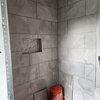

terezosa / terriks